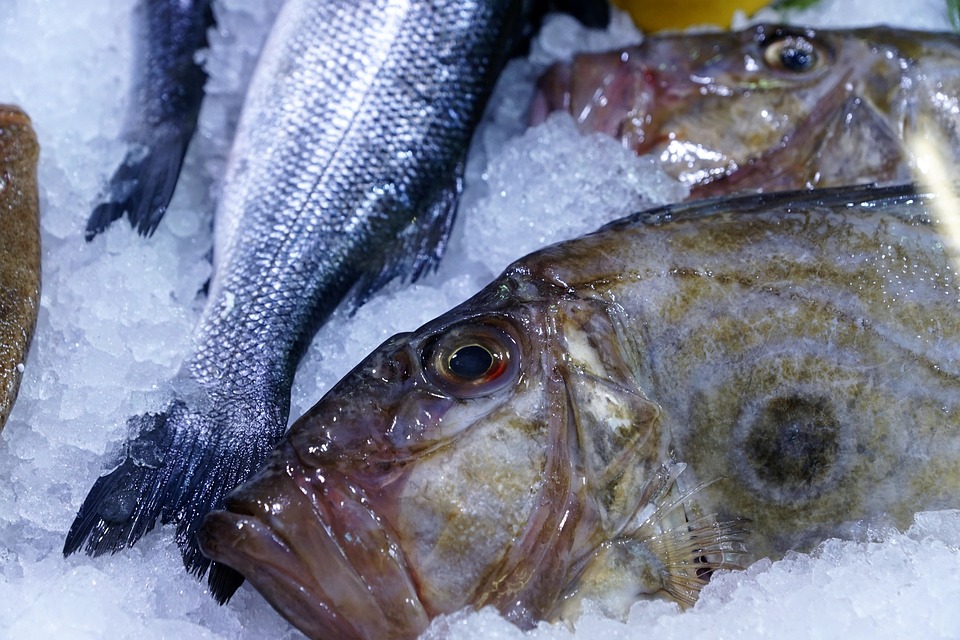Keeping fish as pets can be a rewarding and enjoyable experience. However, just like any other living creature, fish can fall prey to various diseases. One of the most common ailments affecting fish in aquariums is ichthyophthiriasis, commonly known as “ich.” In this article, we will explore what ichthyophthiriasis is, its causes, symptoms, and treatment options. We will also address some frequently asked questions to provide you with a comprehensive understanding of this prevalent fish tank disease.
What is Ichthyophthiriasis?
Ichthyophthiriasis, or ich, is a parasitic disease caused by the protozoan parasite Ichthyophthirius multifiliis. It affects a wide variety of fish species, both freshwater and marine. Ichthyophthiriasis is highly contagious and can rapidly spread throughout an aquarium population if not addressed promptly.
Causes of Ichthyophthiriasis:
The primary cause of ichthyophthiriasis is the presence of the Ichthyophthirius multifiliis parasite within the fish tank. This parasite can enter the aquarium through various means, including:
1. Introduction of infected fish: Fish purchased from pet stores or other aquariums may already be carrying the parasite, which can then spread to other fish in the tank.
2. Contaminated water or equipment: The parasite can also be present in the water or on equipment, such as nets or plants, introduced into the aquarium.
3. Stress: Fish that are stressed due to poor water conditions, overcrowding, or inadequate nutrition are more susceptible to ichthyophthiriasis.
Symptoms of Ichthyophthiriasis:
Identifying the symptoms of ichthyophthiriasis is crucial for an early diagnosis and effective treatment. Common signs of ich include:
1. White spots: The most noticeable symptom is the appearance of small, white, salt-like spots on the fish’s body, fins, and gills. These spots may resemble grains of salt or sugar and are caused by the parasite burrowing into the fish’s skin.
2. Flashing behavior: Affected fish often exhibit increased scratching or flashing against objects in the tank, as they try to relieve the irritation caused by the parasite.
3. Rapid breathing and lethargy: Fish with ichthyophthiriasis may experience rapid or labored breathing, as well as a decrease in activity levels.
4. Loss of appetite: Infected fish may show a decreased interest in food, leading to weight loss and malnutrition.
Treatment Options for Ichthyophthiriasis:
Successfully treating ichthyophthiriasis requires a multi-faceted approach. Here are some effective treatment options:
1. Raising water temperature: Elevating the water temperature gradually to 86°F (30°C) can speed up the lifecycle of the parasite, making it more susceptible to medication and shortening the treatment duration.
2. Medications: Several over-the-counter medications are available for treating ichthyophthiriasis. These medications typically contain ingredients like malachite green or formalin, which are effective against the parasite.
3. Quarantine infected fish: Removing infected fish from the main tank and placing them in a quarantine tank can prevent the spread of the disease to healthy individuals.
4. Improve water quality: Maintaining pristine water conditions with proper filtration, regular water changes, and adequate aeration can help boost the fish’s immune system and aid in the healing process.
FAQs:
1. Can ichthyophthiriasis be cured without medication?
While it is possible for fish to recover from mild cases of ichthyophthiriasis without medication, it is generally recommended to use medication for a full and speedy recovery.
2. Can ichthyophthiriasis spread to other fish species?
Yes, ichthyophthiriasis can affect a wide range of fish species, including both freshwater and marine fish.
3. Can ichthyophthiriasis be transmitted to humans?
No, ichthyophthiriasis is not known to be transmitted to humans. It is specific to fish and does not pose any risk to human health.
4. How long does it take to treat ichthyophthiriasis?
The treatment duration for ichthyophthiriasis can vary depending on various factors such as the severity of the infection, the chosen treatment method, and the overall health of the fish. Typically, treatment can last anywhere from a few days to several weeks.
Conclusion:
Ichthyophthiriasis is a common disease that can affect fish in aquariums, causing distress and potential harm to their health. By understanding the causes, symptoms, and treatment options for ichthyophthiriasis, fish owners can take proactive measures to prevent and manage this disease effectively. Regular monitoring of fish health, maintaining optimal water conditions, and prompt treatment can help ensure a healthy and thriving fish tank ecosystem.









